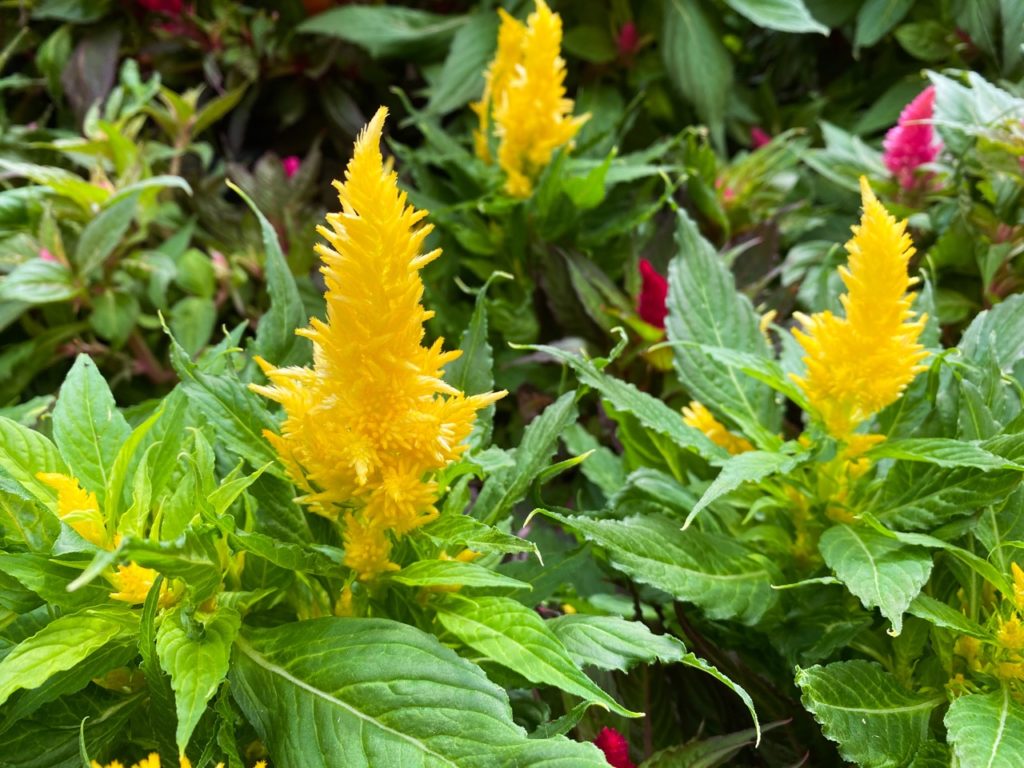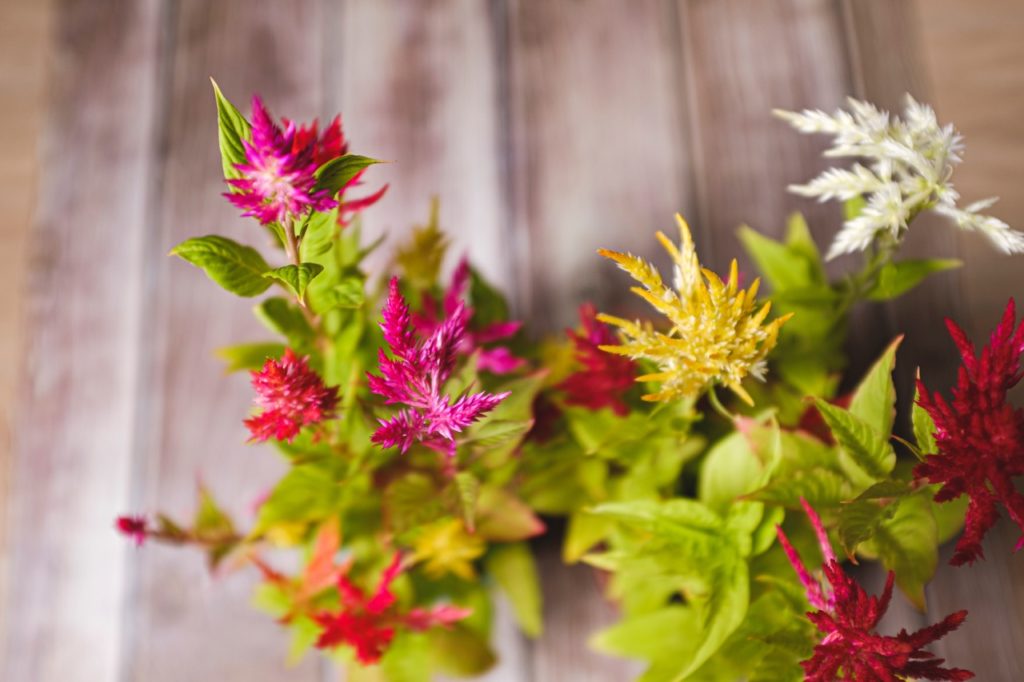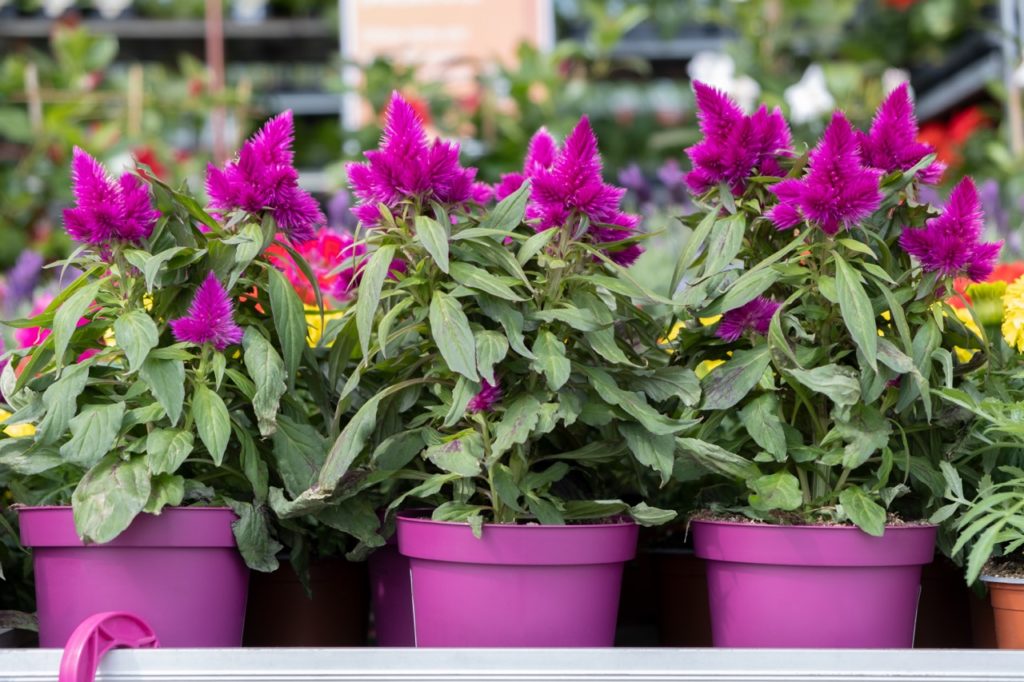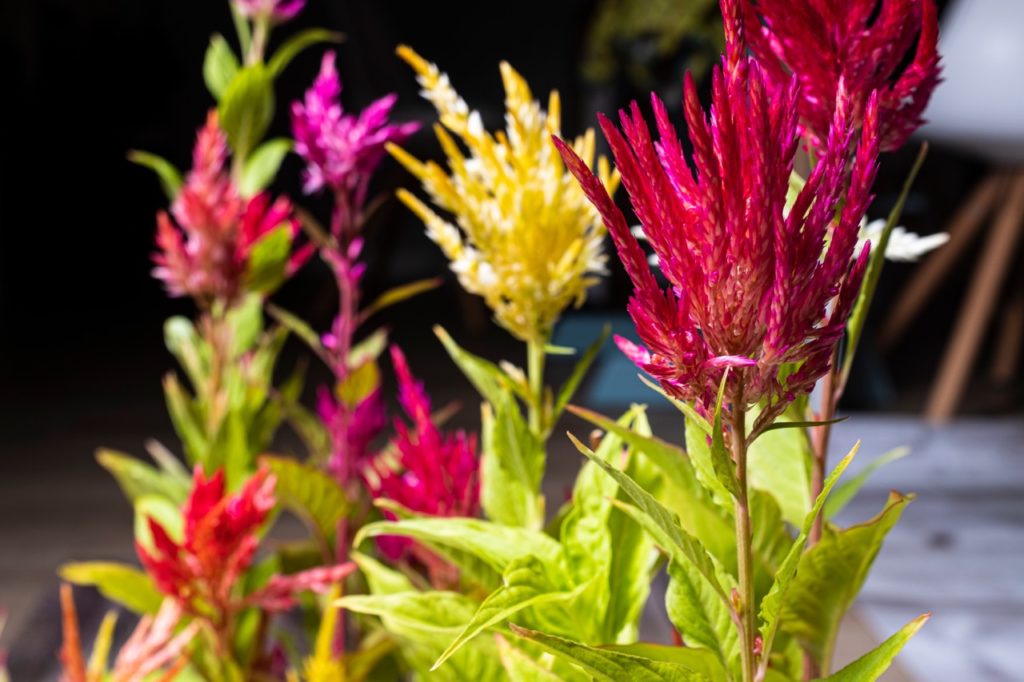Did You Know You Can Grow Celosia Indoors? Here’s How You Can Maximise Its Impact

Chris is a gardening writer and nature enthusiast. He graduated from Oxford Brookes University in 2022 with an MA in Psychology. Chris works with the Leeds Green Action Society, helping their food cooperative by growing various fruit and vegetables on their two allotments in Hyde Park, Leeds.
Reviewed By ROY NICOL

Roy is a Professional Gardener and Horticultural Consultant, specialising in large garden year-round maintenance and garden development. He is an RHS Master of Horticulture and uses his research in the application of no-dig methods in ornamental garden settings. Roy has been a Professional Gardener for more than six years and is a member of the Chartered Institute of Horticulture, Professional Gardener's Guild and Association of Professional Landscapers (Professional Gardener).
IN THIS GUIDE
CELOSIA GUIDES
Container Growing
Indoors Growing
Sowing
Celosia is a bold and bright annual whose blooms dazzle with their colour.
Many gardeners choose the lively display of Celosia to energise their outdoor space, but guess what?
You can grow them indoors, too!
Growing Celosia indoors is not only possible, but it’s a great way to bring a splash of colour to your indoor spaces.
Before you rush out to buy a Celosia houseplant though, let us run you through a few things you need to know.
How Long Does Celosia Last Indoors?
As an annual, the plant’s lifespan is something to keep in mind when growing Celosia.
This isn’t a houseplant that will sit comfortably in some corner of your house, gradually growing over the years.

Celosia can last for more than 9 months if cared for correctly, so even though it’s not going to be a permanent fixture in your home, it will be around long enough to make an impact.
You can, however, sow some of the seeds it puts out after the flowers fade, or, if you’re not one with a green thumb, you can always head to a garden centre to buy another celosia to replace your previous one.
Bear in mind that this might not be the most eco-friendly choice however.
Indoors Celosia Care
If you’re happy with the terms and conditions of growing celosia indoors, let’s move on to care tips.
Follow the directions in this section and your plant will have the longest and healthiest life possible.
Light
This plant likes a sunny spot, so choose a windowsill that gets a good amount of sunlight or, if you have one, a conservatory or summer room.

You can move your celosia outside during the day in warmer months if you want to give it a boost.
Watering
Always ensure your celosia is in a pot with good drainage so that excess water has somewhere to go once it drains out.
A celosia won’t enjoy waterlogged soil any more than it will soil that’s too dry, so if the water only drains into a pot at the bottom of the plant, this may keep water levels too high.

Water whenever the top couple of inches of soil doesn’t feel wet when you insert your finger.
You’re looking to maintain even moisture levels throughout the soil and should avoid over- or under-watering.
Temperature & Humidity
In terms of temperature and humidity, celosias will do best in a room temperature range between 21-25°C.
If you decide to let your plant hang outdoors during the warm months, ensure you bring it in whenever temperatures threaten to drop below these levels.
Avoid rooms that regularly fall below the temperature range above, as cool temperatures will harm celosia over time.

Humidity should be around 40%, which is in line with regular house levels in most cases.
If it’s not the case in your home, consider a humidifier or dehumidifier, depending on whether your levels are too low or high.
Fertilising
Give your celosia a monthly feed of fertiliser that’s high in potassium, diluting the product by half.
“Suitable fertilisers are liquid seaweed or tomato feed,” shares Roy Nicol, a Professional Gardener and Horticulturist.
This will ensure bright and vibrant blooms and help your plant survive to the further reaches of its lifespan.
